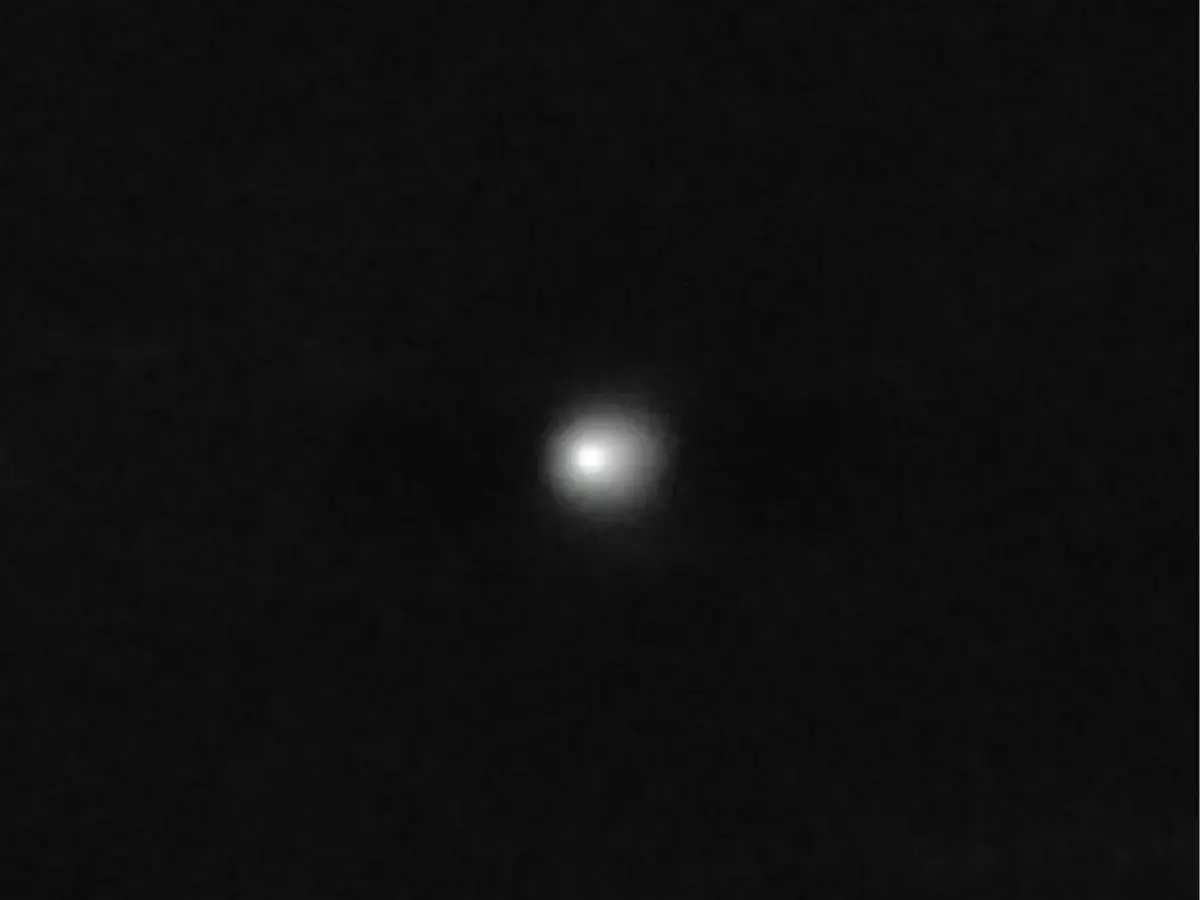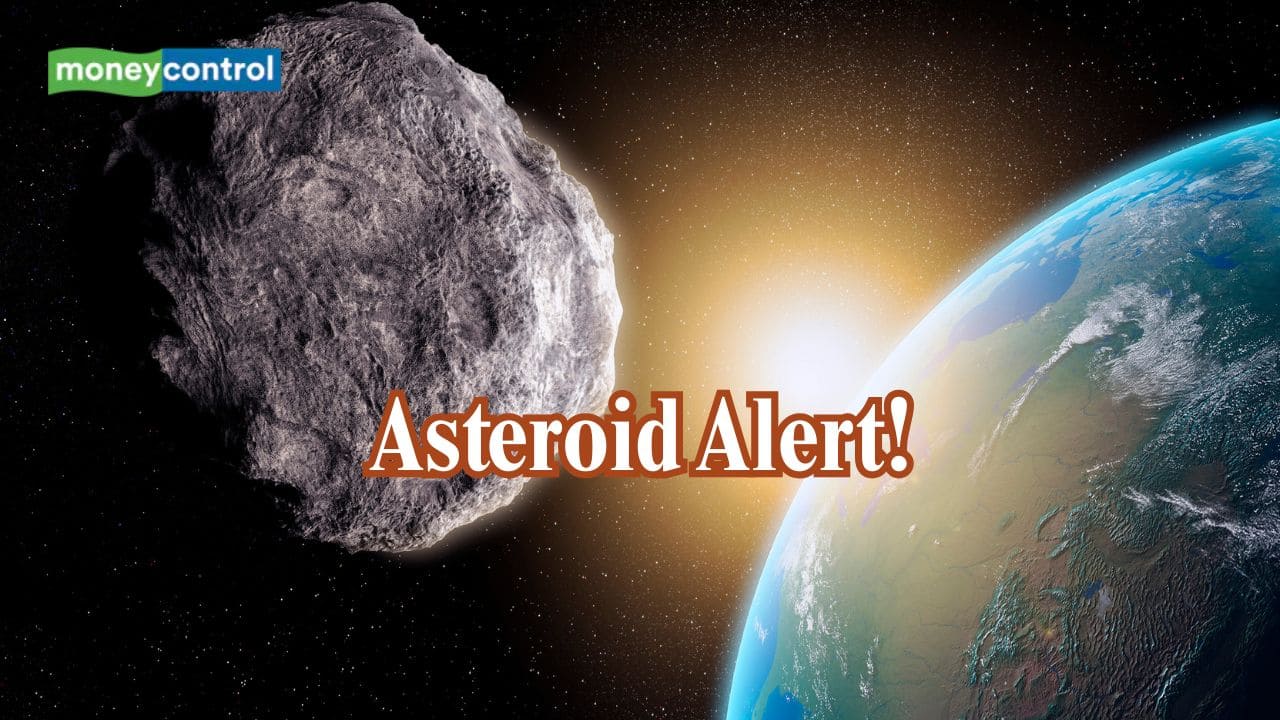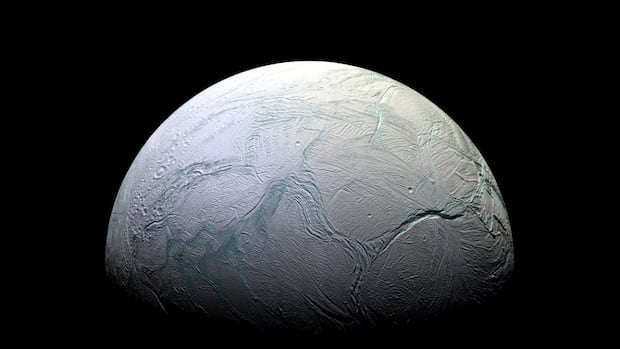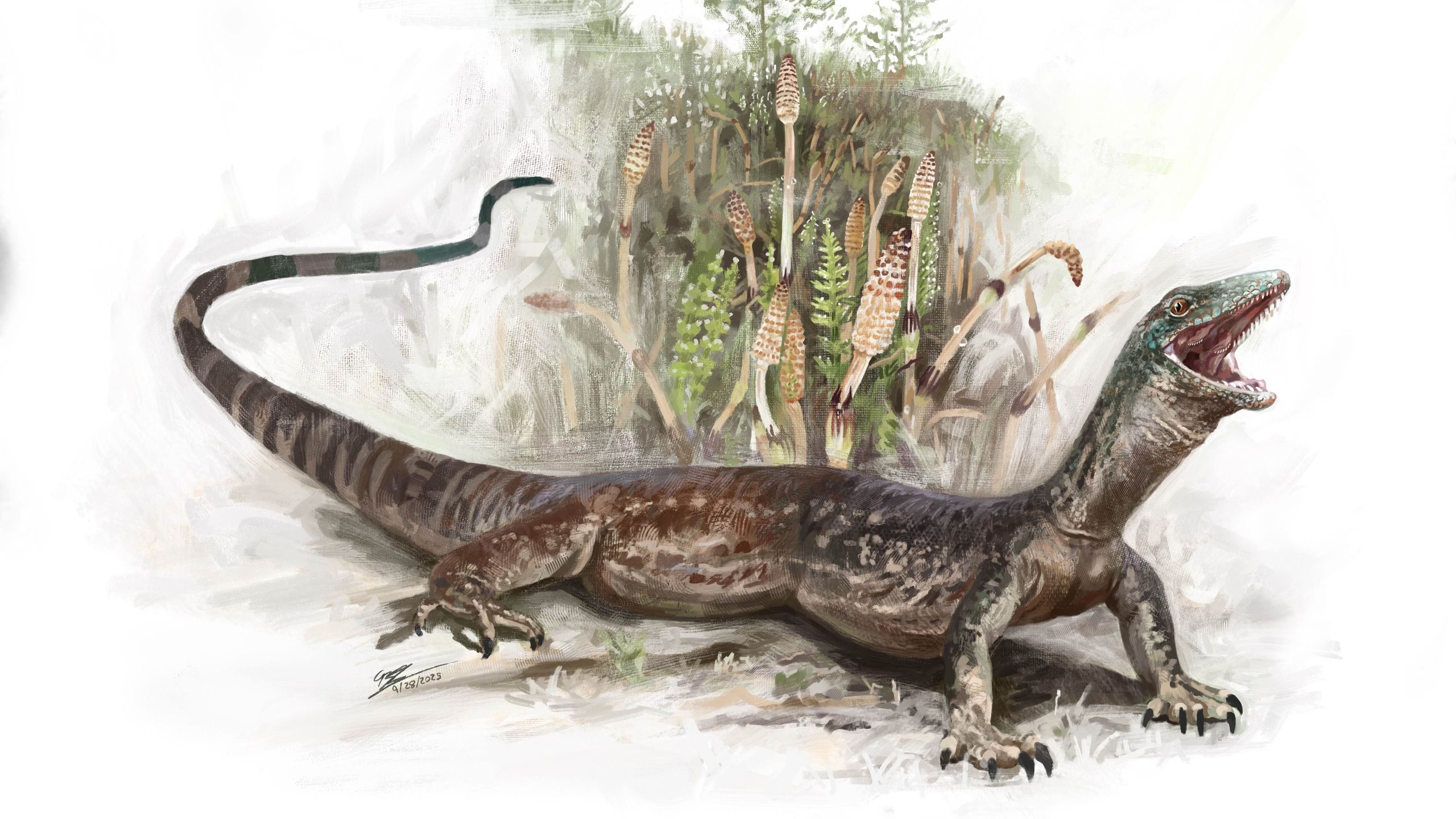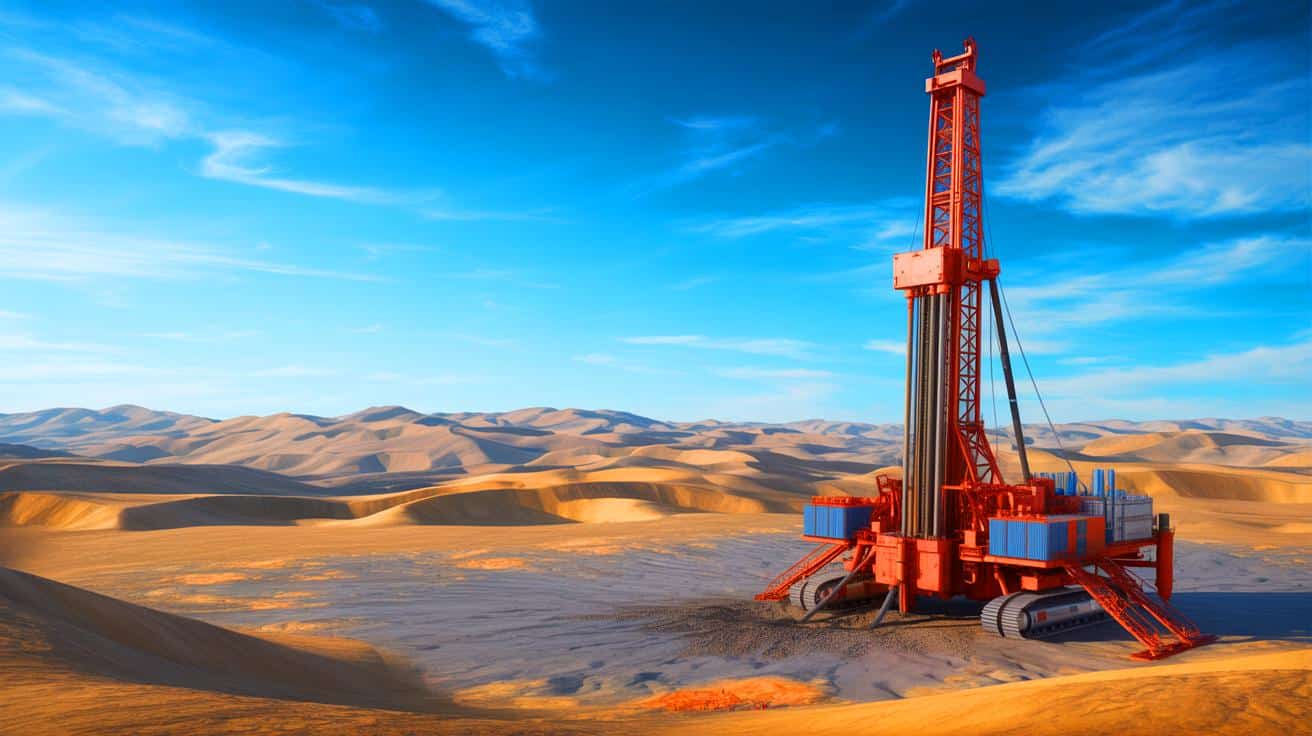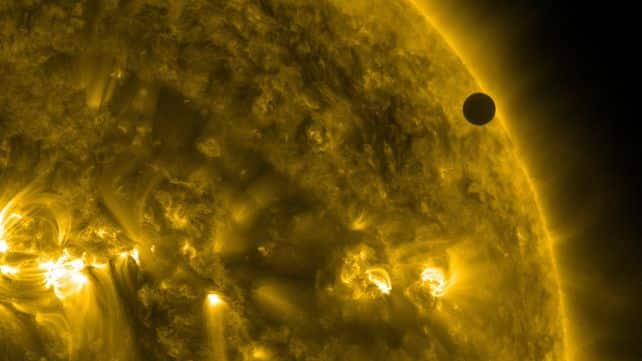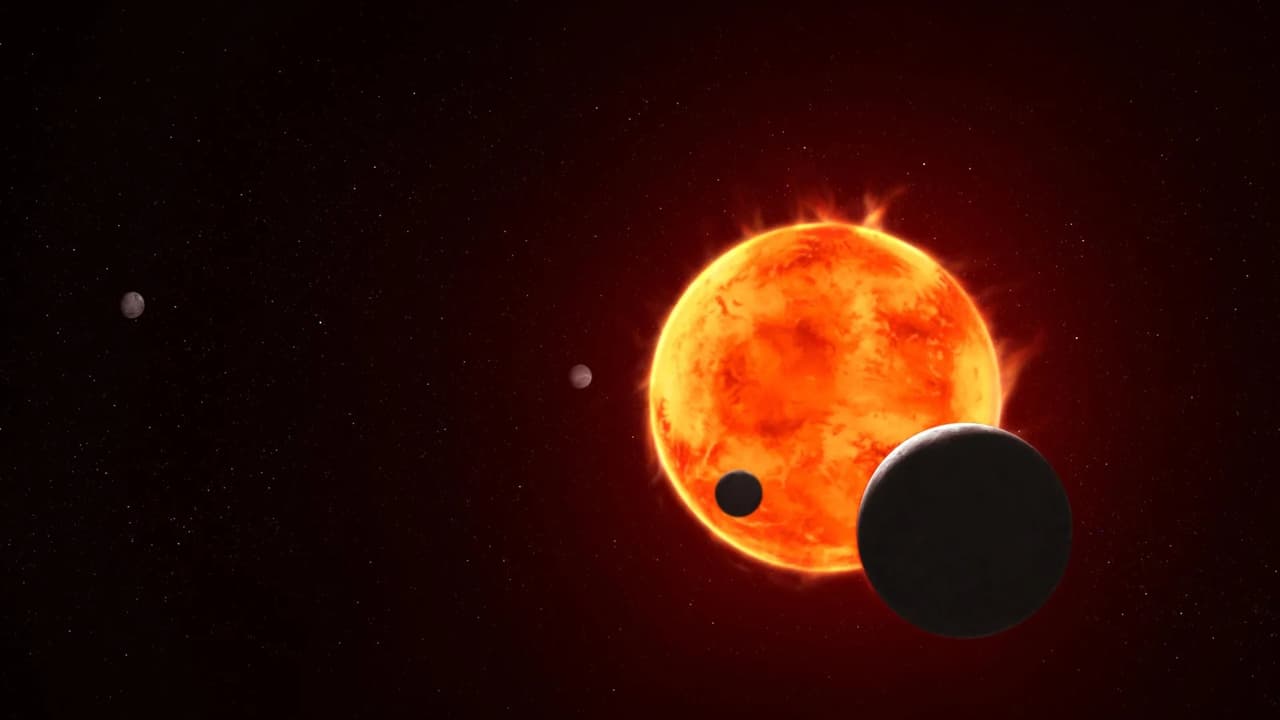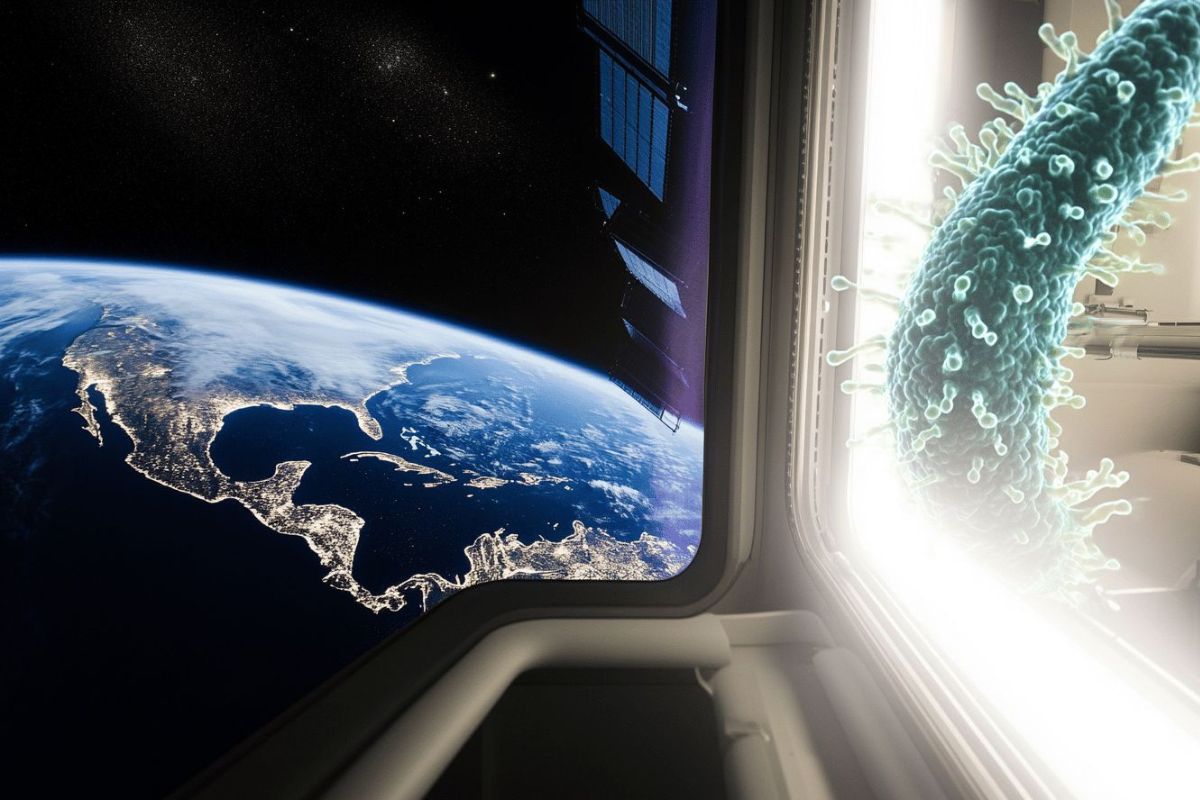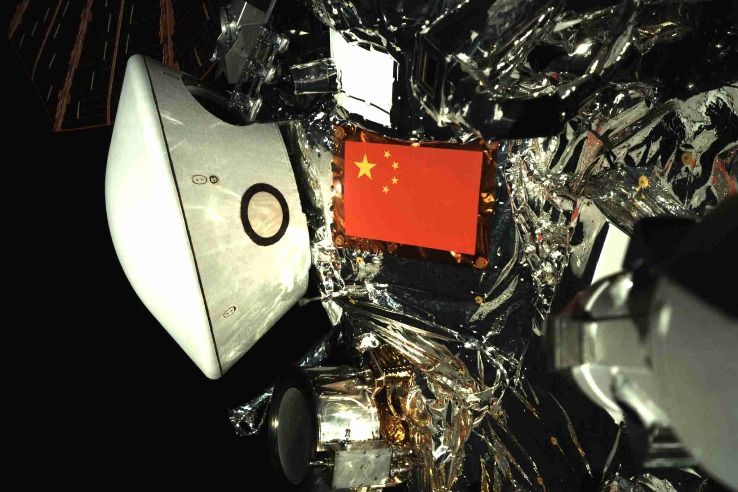Unbelievable Rogue Planet Breaks Records by Devouring Gas at Insane Rate!

Imagine a planet, not bound to any star, but floating freely in the cosmic void, devouring gas and dust at a jaw-dropping rate. Welcome to the mystery of Cha 1107-7626, a rogue planet located a staggering 620 light-years away in the Chamaeleon constellation. Recent observations have revealed that this celestial anomaly is on a record-breaking growth spurt, feasting on an astronomical six billion tonnes of gas and dust every single second!
Rogue planets are peculiar entities that drift through the universe, untethered by the gravitational pull of stars. They possess many of the features we associate with traditional planets, like atmospheres and structures, yet they originate in a remarkably different manner. Instead of orbiting a star as Earth does, Cha 1107-7626 is immersed in a swirling spiral of gas and dust, a process scientists call accretion, where it continuously pulls in new matter to fuel its growth.
However, this growth spurt might just be the planet's final flourish. According to Dr. Alexander Scholz from the University of St Andrews, who co-authored the study, the rogue planet's most vigorous growth phases likely occurred while it was engulfed in its primordial cloak of dust, making it invisible until now. 'This rogue planet is pretty much finished with its growth,' he stated.
Currently between five and ten times the size of Jupiter, Cha 1107-7626 is still considered a fledgling in the cosmic realm. Typically, rogue planets experience intense bursts of accretion early in their lives, but thanks to cutting-edge telescopes like the European Southern Observatory's Very Large Telescope, scientists were able to observe this remarkable increase in accretion rates. Over the span of weeks, the planet accelerated its growth rate nearly eight-fold, reaching a peak in August.
Dr. Víctor Almendros-Abad, the lead researcher and astronomer at the National Institute for Astrophysics in Italy, emphasized the significance of this observation. 'This is the strongest accretion episode ever recorded in a planetary-mass object,' he exclaimed. While we often picture planets as stable and serene, this rogue planet's explosive growth presents an exciting twist to our understanding of planetary formation.
But what exactly causes such dramatic spikes in accretion? While theories abound—from companion objects triggering avalanches in the accretion disc to instabilities in the surrounding nebula—this latest study sheds light on the ongoing mystery. By analyzing the light emitted from Cha 1107-7626, researchers discovered traces of water vapor that had not been present before, hinting at dynamic processes at play.
Interestingly, they found that the planet's magnetic field plays a crucial role in funneling material from the inner disc into the planet, mirroring how stars draw in gas during their formative years. This surprising connection lends credence to the idea that rogue planets and stars may share more than just cosmic real estate; they may actually grow in remarkably similar ways.
As scientists delve deeper, the line separating rogue planets from stars continues to blur. The possibility that large gas giants could behave like stars, undergoing accretion bursts that create mini planetary systems devoid of a sun is nothing short of awe-inspiring. Dr. Amelia Bayo from the European Southern Observatory encapsulated this excitement, saying, 'The idea that a planetary object can behave like a star invites us to wonder what worlds beyond our own might be like during their nascent stages.'



